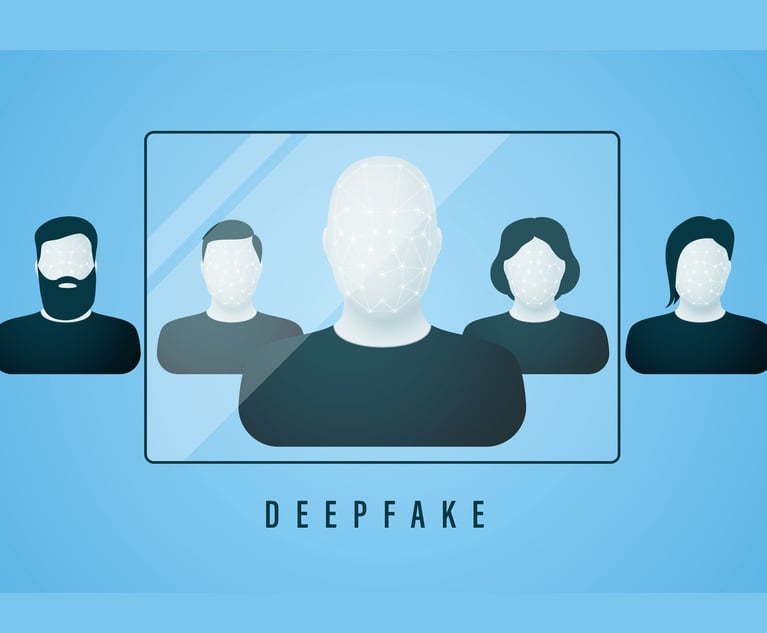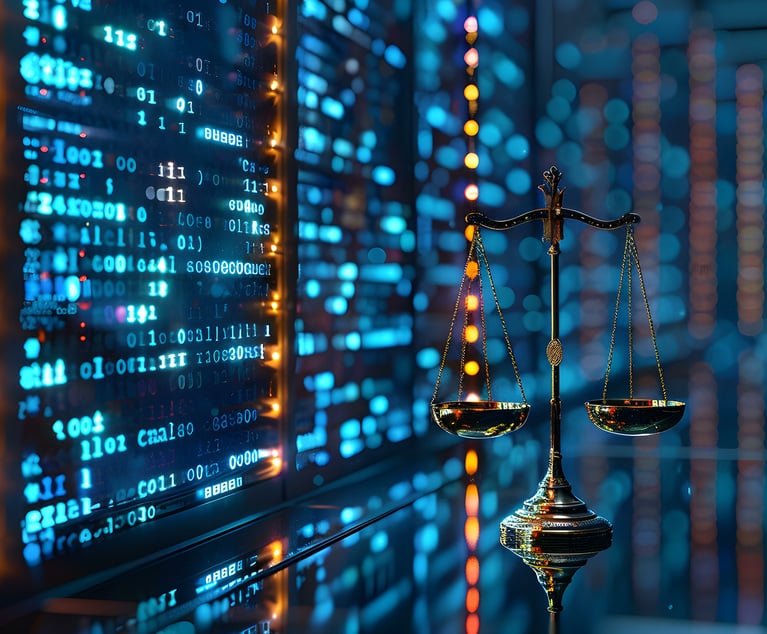Today’s technology has challenged courts to distinguish the display right under the U.S. Copyright Act, 17 U.S.C. §106(5), which includes the right “to display the copyrighted work publicly.” The plaintiffs’ copyright bar would have this “right” activated by “visibility” on the internet. But copyright infringement is not always found just because an unauthorized use is “visible” on the internet, nor does the statute of limitations run anew each day a work is visible. In other words, “display” does not mean “visibility.”
The following paragraphs review analogous concepts in copyright law that address digital visibility. For instance, courts are split on whether it is copyright infringement to link to and/or “embed” a post from a social media site intended for sharing posts when the post (and all of its content) remains on the server where the poster put the content. It is visible but stored elsewhere. Similarly, the location of a server is the critical factor where an alleged infringement is visible in the United States but caused to be visible from outside the United States. Finally, courts have held that copyright claims do not accrue anew each day an image is visible on the internet.


 Credit: momius – Fotolia
Credit: momius – Fotolia




